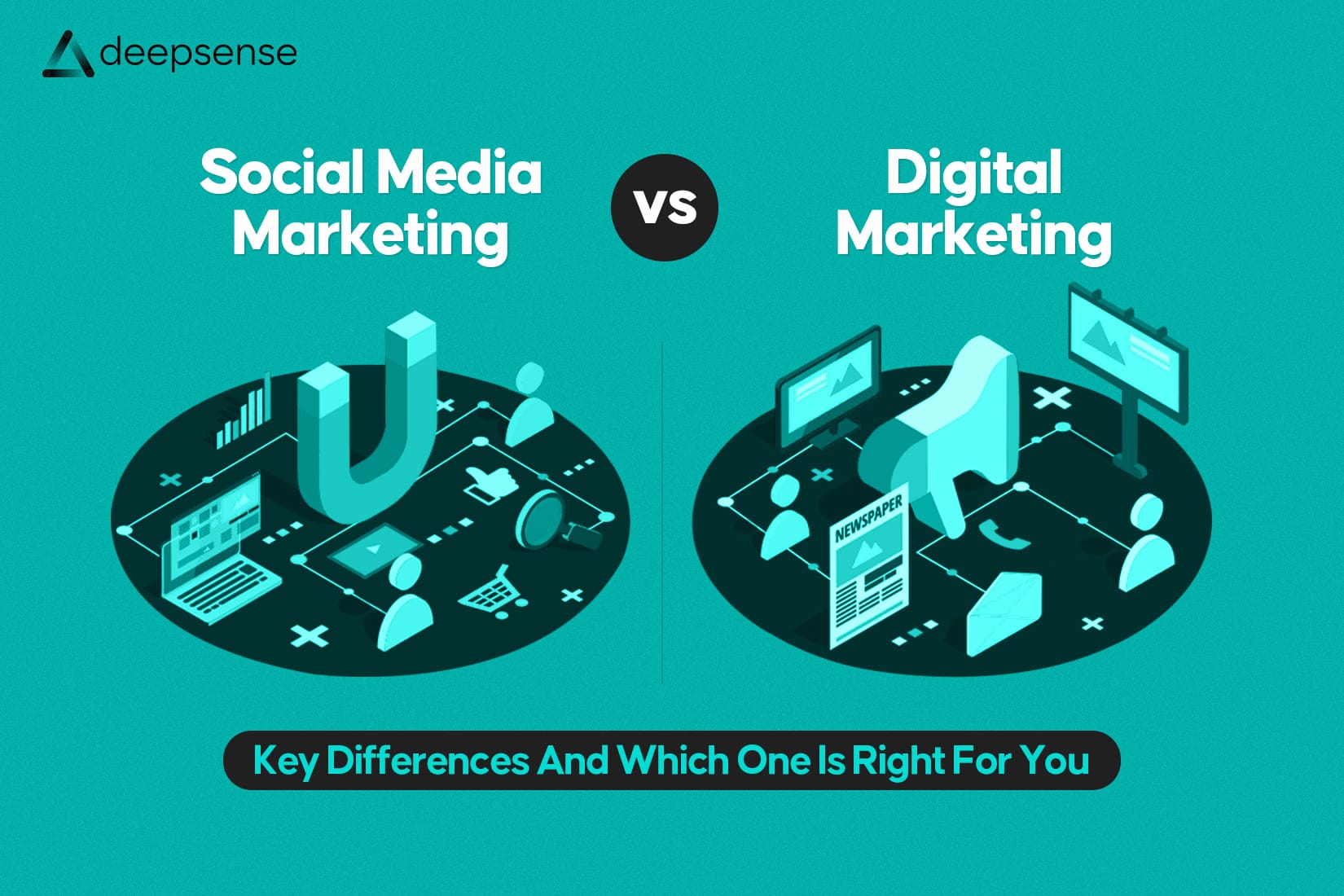Social media has been part of our daily routine for over a decade. Whether it’s Instagram scrolling before bed, Twitter/X rants during commutes, or catching up with friends on Facebook, these platforms have shaped how we share and connect.
But here’s the catch: the “big three” (Facebook, Instagram, Twitter/X) are getting noisier, more ad-heavy, and increasingly algorithm-driven. Users complain about shrinking organic reach, endless ads, misinformation, and a sense of inauthenticity.
That’s why people are looking for alternatives, platforms where conversations feel genuine, creativity thrives, and your data isn’t constantly sold to the highest bidder. And the good news? A whole new wave of social networks is rising to meet those needs.
In this blog, we’ll explore 13 of the hottest alternative social media platforms of 2025, what makes them unique, who they’re for, and why you might want to give them a try.
1. Bluesky – The Decentralized Twitter
Born from Twitter’s co-founder Jack Dorsey, Bluesky is quickly becoming a go-to for those tired of X’s chaos. Built on the AT Protocol (Authenticated Transfer Protocol), it’s decentralized, meaning no single company controls it.
Why it’s hot:
- Cleaner, lightweight version of Twitter
- Greater control over algorithms and moderation
- Focuses on free speech while filtering harmful content
Fun fact: As of 2025, Bluesky boasts over 8 million registered users, and its invite-only model created a buzz similar to early Clubhouse days.
2. Mastodon – Community-Driven Conversations
Mastodon is part of the Fediverse, a decentralized network of independent servers. Instead of one giant platform, it’s broken into smaller communities called “instances,” each with its own rules and vibe.
Why it’s hot:
- Feels like old-school Twitter but more community-focused
- No algorithms, feeds are chronological
- You pick a server that matches your interests (tech, art, activism, etc.)
Mastodon saw a 400% surge in sign-ups after Elon Musk took over Twitter in 2022, and it continues to grow steadily.
3. Hive Social – Nostalgia Meets Modern Social Media
Hive blew up when Twitter started to decline. Why? Because it combines the personalization of MySpace with the clean aesthetics of Instagram.
Why it’s hot:
- Chronological feed (no more fighting algorithms)
- Customizable profiles (a throwback to early 2000s social media)
- Both Gen Z and Millennials love its playful yet practical design
4. BeReal – The Anti-Instagram
No filters. No perfect poses. No “aesthetic” feeds. BeReal encourages raw, unpolished moments by prompting you once a day to snap a photo using both your front and back cameras.
Why it’s hot:
- Pushes authenticity over performance
- Loved by Gen Z for being the “realest” app around
- Great for friends who want to share without pressure
By mid-2024, BeReal had over 25 million daily active users.
5. Lemon8 – Aesthetic Meets Lifestyle Blogging
From the makers of TikTok, Lemon8 blends Instagram-style photo sharing with Pinterest-style curation. Think of it as an influencer’s playground where visuals meet thoughtful captions.
Why it’s hot:
- Perfect for lifestyle, fashion, wellness, and travel content
- Clean, visually satisfying interface
- Growing fast thanks to TikTok cross-promotion
6. Ello – The Creative’s Haven
Once dubbed the “anti-Facebook,” Ello is now home to artists, photographers, and designers looking for a more art-centric social network.
Why it’s hot:
- Ad-free experience
- Great exposure for visual artists
- Known as the “Behance of social media”
If you’re creative, Ello feels less like noise and more like inspiration.
7. WT.Social – The “Anti-Fake News” Network
Created by Wikipedia co-founder Jimmy Wales, WT.Social is all about truthful discussions and credible news sharing.
Why it’s hot:
- No clickbait or fake news allowed
- Fact-based, community-moderated discussions
- Attracts professionals, journalists, and researchers
This platform is proof that people are hungry for healthier conversations online.
8. Discord – From Gaming Hub to Community Universe
Discord started as a chat app for gamers, but today it’s a hub for every type of interest group imaginable, startups, music lovers, book clubs, even classrooms.
Why it’s hot:
- Voice, video, and text chat in one place
- Perfect for building niche micro-communities
- Free, with paid “Nitro” upgrades for advanced features
As of 2025, Discord has over 200 million monthly active users worldwide.
9. Clubhouse – Conversations in Real Time
Clubhouse might not be in the spotlight as it was during the pandemic, but it’s still thriving in its niche. Think of it as live, interactive podcasts where you can jump in and share your thoughts.
Why it’s hot:
- Audio-first, less screen fatigue
- Great for networking and learning
- Feels personal and unscripted
10. Vero – The Chronological Escape
Remember when Instagram showed posts in order? Vero brings that back. It’s ad-free, chronological, and designed for high-quality photo and video sharing.
Why it’s hot:
- Gorgeous, ad-free interface
- Loved by photographers and creatives
- No algorithm manipulation
11. Steemit – Social + Blockchain
Steemit combines blogging and crypto, rewarding creators with cryptocurrency for their posts. If you love content creation and crypto, this is where the two worlds meet.
Why it’s hot:
- Earn real rewards for your content
- Decentralized, blockchain-backed network
- Great for tech-savvy users
12. Caffeine – The Casual Twitch
Think of Caffeine as Twitch’s relaxed cousin. It focuses on live streaming for gaming, sports, and entertainment, but with a more casual, social twist.
Why it’s hot:
- No pressure for professional-level streaming
- Simple, fun interface
- Real-time engagement with fans
13. Diaspora – The Privacy-First Network
One of the earliest decentralized platforms, Diaspora is built around privacy, freedom, and data control. Users own their data and can choose where it’s hosted.
Why it’s hot:
- Privacy-first ethos
- No ads, no corporate ownership
- Still thriving among open-source fans
Why You Should Care About Alternative Platforms
Mainstream social media is like a crowded mall, you’ll always find something happening, but it can feel overwhelming and impersonal. Alternative platforms, on the other hand, are like hidden coffee shops, art galleries, or local book clubs; intimate, authentic, and often more rewarding.
- Creatives get better exposure.
- Users enjoy genuine connections.
- Privacy-conscious people finally have options.
And let’s be honest, being an early adopter on these platforms gives you an edge before they blow up.
Final Thoughts
The digital world is changing. People no longer want to be just another number in an algorithm; they want authenticity, privacy, and community.
These 13 alternative social media platforms prove that the future of social networking isn’t just about bigger numbers but about better experiences. Whether you’re looking to share art, have real conversations, or simply escape the noise, there’s a platform out there waiting for you.
So, which one are you downloading first, Bluesky for the Twitter vibes, BeReal for authenticity, or Discord for community?
FAQs
1. What are alternative social media platforms?
Alternative social media platforms are newer or niche networks that offer different features compared to mainstream giants like Facebook, Instagram, or Twitter/X. They often focus on authenticity, privacy, decentralization, or specific communities.
2. Why should I use an alternative social media platform?
If you’re tired of algorithms, endless ads, or misinformation, alternative platforms give you more control, better privacy, and niche communities where genuine conversations happen.
3. Which alternative platform is best for artists and creatives?
Platforms like Ello and Vero are particularly popular among artists, photographers, and designers because they focus on high-quality visuals and creative communities.
4. Are alternative social platforms safe to use?
Yes, most of them are safe, but like with any social media, it’s important to check privacy settings and understand how your data is used. Decentralized platforms like Mastodon and Diaspora are especially privacy-friendly.
5. Which platform is most similar to Twitter/X?
Bluesky and Mastodon are considered the closest alternatives to Twitter/X, offering text-based updates, conversations, and community engagement without centralized control.
6. Can I make money on alternative social media platforms?
Yes! Platforms like Steemit reward creators with cryptocurrency, while others (like Discord or Caffeine) allow community-building and monetization through memberships or streaming.
7. Are alternative social platforms free to use?
Most of them are completely free, though some offer premium upgrades (like Discord’s Nitro) or optional donation-based models to support the platform.
8. Which platform is best for authentic, real-life sharing?
BeReal is designed for authenticity, encouraging users to share unfiltered, real-time snapshots of their daily lives.
9. Do these platforms have large user bases like Instagram or TikTok?
Not yet. While some like Discord and BeReal have millions of users, most alternative platforms are still growing. That’s actually part of their charm—they’re less crowded and more community-driven.
10. How do I choose the right alternative platform for me?
It depends on your goal:
- Want privacy? → Diaspora or Mastodon
- Want creativity? → Ello or Vero
- Want authenticity? → BeReal
- Want live conversations? → Clubhouse or Caffeine
- Want niche communities? → Discord











